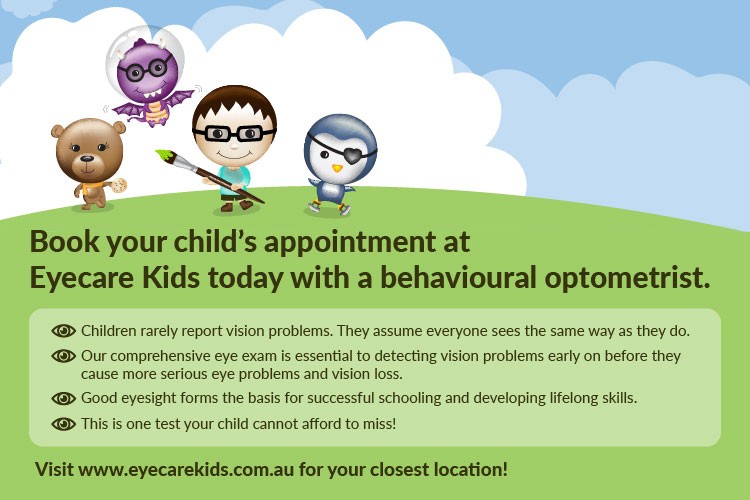Author is Susan Barry, otherwise known as Stereo Sue. Sue is a neurobiologist and the author of Fixing My Gaze:
When I first embarked upon vision therapy, I wasn’t thinking about stereovision. Learning to see in 3D wasn’t even on my radar. I had been cross-eyed all my life and assumed, from all the research done on “critical periods,” that I was too old to ever gain stereovision. Instead, I embarked on vision therapy because my vision was jittery. When I looked in the distance, the world appeared to tremor or vibrate. It was hard to read road signs while driving. Venetian blinds or any other structure with high contrast, parallel lines could set off wild oscillations if I stared at them for several seconds.
Some of this jitteriness was due to an involuntary movement of my eyes called fusion maldevelopment nystagmus, a common condition in people who did not develop normal binocular vision in infancy. When I looked at a target, one eye would fixate the target, then start to drift in toward my nose, zing out to re-fixate the target, and then start to drift nose-ward again. The fellow eye would follow in the same direction. (So, if I was fixating with my left eye, the left eye would drift rightward toward my nose, and the right eye would also drift rightward.)
This nystagmus was made worse by occluding one eye so another name for these abnormal eye movements is “latent nystagmus,” where the “latent” refers to the fact that the nystagmus is revealed by closing one eye. When, through optometric vision therapy, I learned to aim my two eyes simultaneously at the same location in space and then fuse their images and see in 3D, the nystagmus was reduced and so were the jitters, oscillations, and vibrations. Indeed, a vision scientist once tracked my eye movements using a very sensitive tool called scleral search coils and learned that the nystagmus was reduced by 50 % or more when I fused.
But the jitteriness didn’t go away entirely. Something more was needed, and I discovered what accidentally. I’m in my sixties now and quite aware of the fact that older people are at risk for falls. This concerned me particularly because I’ve always had lousy balance. I was the only kid in my grade school class who could not walk across a low-lying, fairly wide balance beam. It took me a very long time to learn to ride a bicycle, and I walked the bike down hills for the first year. I didn’t like balance sports like skiing or roller-blading. But, it’s never too late – two years ago, I decided it was time for me to learn better balance.
I bought an inexpensive walking rail made of foam*. It’s meant for kids but works fine for small adults. When I first tried to walk across it, my legs and arms flailed around wildly; I was completely out of control. I kept looking down at my feet rather than straight ahead. But with daily practice, I learned to walk along its length both forward and backward and to turn 360 degrees. I’m now working on juggling with 3 balls and am learning to juggle while walking along the rail, tasks I couldn’t even have imagined achieving two years ago. I also practice balancing on one leg and using balance boards of varying degrees of difficulty while simultaneously doing vision therapy procedures.
The most wonderful consequence of all this is that the jitteriness in my vision has almost entirely gone away. And my visual acuity is better than ever. I can read road signs while driving and spot birds in trees when some distance away. I think these improvements result from better coordination between my eyes and the balance system in my inner ear, my vestibular system. I’ve got much better vestibulo-ocular coordination.
Lots of vision therapy rooms include walking rails and balance boards. Now I understand why these tools are so important. You can’t have good, stable vision without a good balance system. Being able to balance better is not only useful – it’s a lot of fun. When I’m out walking, I like to find road curbs that I can balance on. I taught myself to do tight figure 8’s with my bicycle and ride no-handed. The other day I saw two young boys on their bikes zooming no-handed down the hilly road in front of my house. They were screaming with joy. I watched them and smiled: while I would never ride quite that fast, I now have a sense of just how that feels.

